Iron
IRON
Iron, perhaps, one of the most common metal we use in our daily life. But you know that the most of, or probably all, iron we are using is older than the 600 Million years. That is mostly all the Iron formations are of precambrian. These occurs in the banded form and hence called Banded Iron Formations, or BIFs. Almost all iron reserves of country are of BIF type. Some are Ironstones but not of economic importance.
BIFs
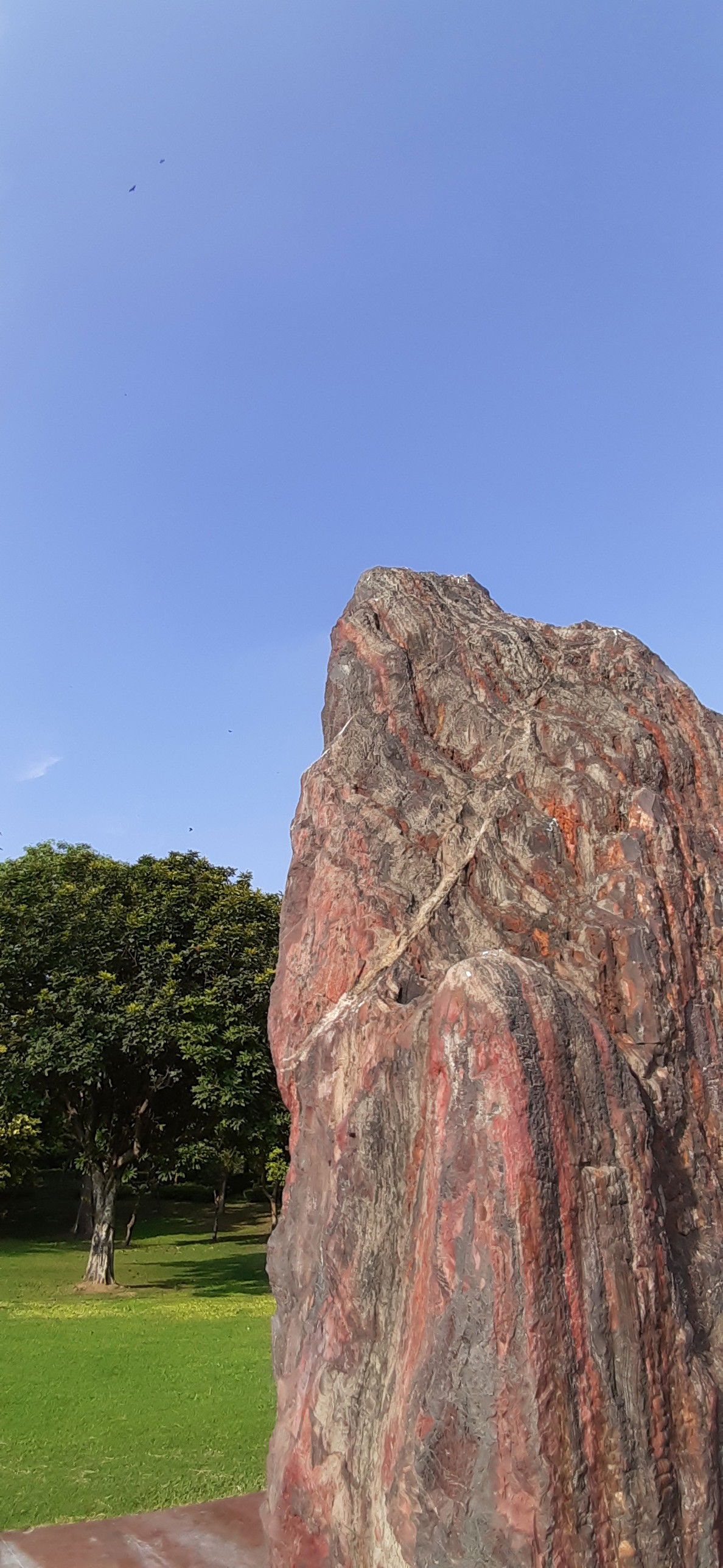 |
| BIF at Shakti Sthal, New Delhi |
- These deposits were formed in the large water bodies where Iron in the water was deposited in the form of oxide, Haematite and Magnetite, and little less siderite.
- These deposits formed bands, alternate with the bands of Silica oxide, quartz, jasper etc.
- These deposits were very large and process of formation took a long time.
- The source of Iron to these bodies was mostly streams which dissolves Iron and Manganese in their route. Manganese and Iron separates on the following principle ---
- When the pH of water is low, at the constant oxidation state, Iron is precipitated. Similarly, for constant pH, reduction in water favours precipitation of Iron.
- Although, these deposits were formed in precambrian, they can be classified on the basis of their interval of formation and source of Oxygen. These are of two types, Algoma and Lake Superior.
Algoma type BIFs
- These deposits were formed in the Archeans.
- The major source of oxygen at that time was volcanic activities in the sea. This oxidised the iron and silicon already present in the sea.
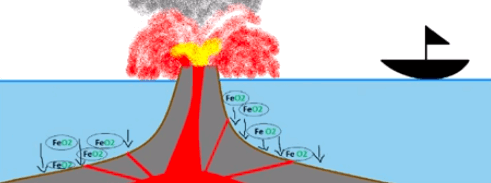
- When the silica oxide deposits, its ratio in sea becomes lower and thus, conditions favour the Fe oxide deposition. This process resulted in the formation of bands.
- These deposits are relatively less.
Superior type BIFs
- These deposits were formed in paleo- and meso-proterozoic times.
- They were formed by early oxygen producing bacteria. The oxygen produced by bacteria reacts with the free Iron and form iron oxide. This iron oxide precipitates on the sea floor. When Fe content go down, silica layer precipitates down, that results in formation of BIF.
- These are the major source of iron.
- Age is Paleoproterozoic.

Common Iron Ore Minerals and occurrences
Magnetite (Fe3O4)
Magnetite is well known for its natural magnetic character. Natural magnets are called lodestones.
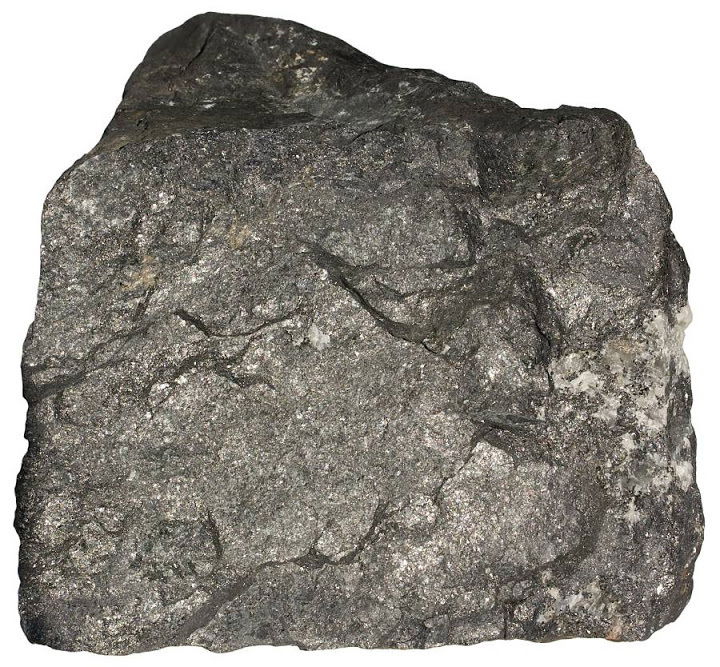
Crystal system
|
Isometric (Hexaoctahedral)
|
Color
|
Black
|
Habit
|
Octahedral, massive
|
Cleavage
|
Indistinct but good
|
Hardness
|
5-6
|
Streak
|
Black
|
The deposits of Magnetite forms by late magmatic segregation processes. They also form by sedimentary processes.
Indian deposits
Kudremukh, Chikmangluru hills is a famous magnetite deposit. These are in Dharwar craton.
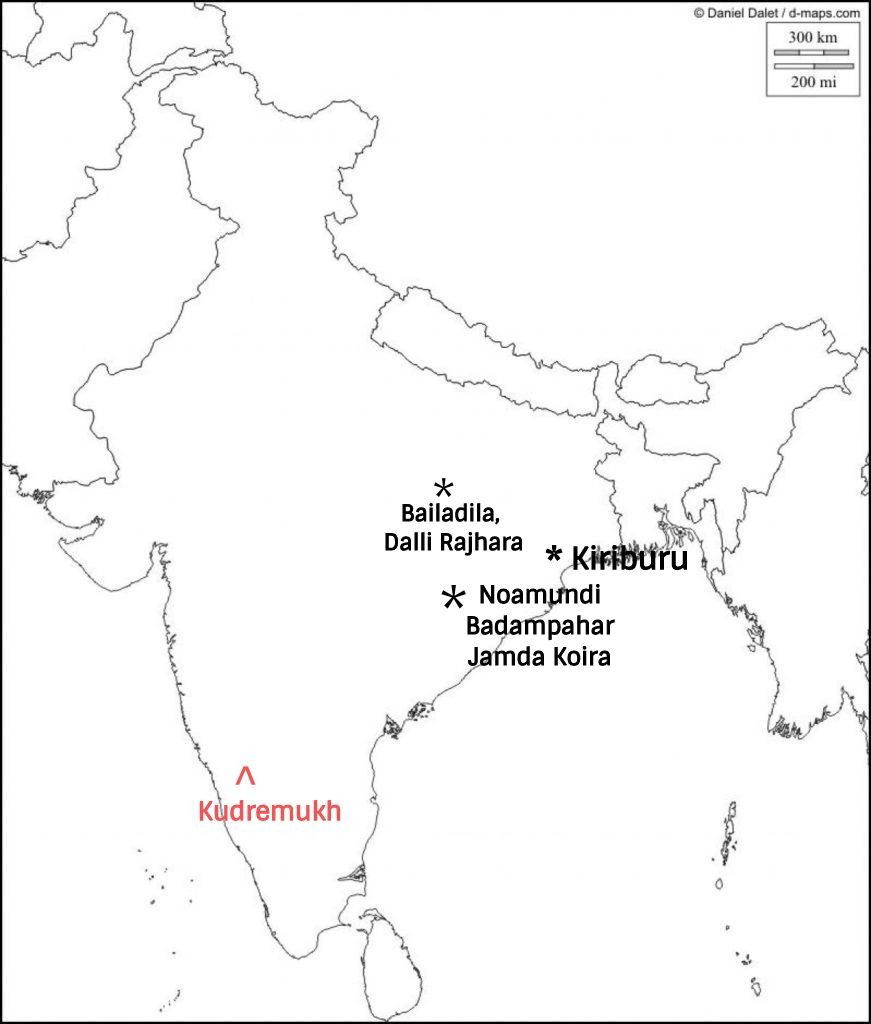 |
| ^ - Magnetite * - Haematite |
Haematite is the most abundant source of iron. Its colour is dark brown or black but it's streak is reddish which is a distinguishing property. Also, unlike magnetite, it does not show magnetism.
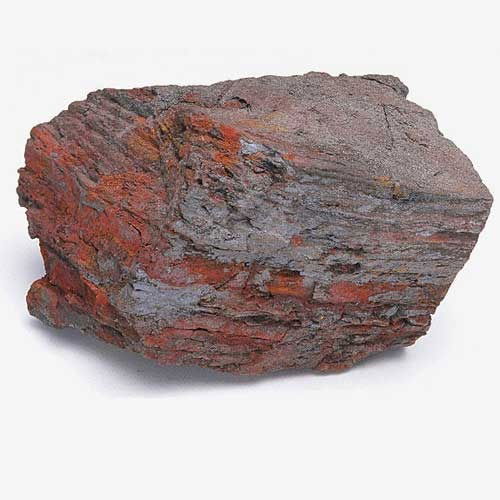
Crystal system
|
Hexagonal (Scalenohedral)
|
Colour
|
Black
|
Habit
|
Octahedral, massive
|
Hardness
|
5.5-6.5
|
Streak
|
Cherry red
|
Haematite deposits are only form by sedimentary processes.
Indian Deposits:
- Chhattisgarh: Bailadila formation (Bastar craton) of Dalli Rajhara are rich deposits of hematite. These are of paleoproterozoic age.
- Orissa: Noamundi, Jamda Koira and Badampahar of are rich reservoirs. They are in Singhbhum craton.
- Jharkhand: Kiriburu, Budaburu and Chiria are also have deposits of BIFs.
- Blue dust of Goa. Bicholin area of Goa have rich haematite deposits. It contains martite which is probably the reason of blue dust.
Pyrite, also called Fool's gold as it appears golden green coloured, is precipitated by hydrothermal fluids and commonly occurs with the lead, zinc, gold.
| Crystal system | Isometric |
| Color | Greenish gold |
| Hardness | 6 - 6.5 |
| Streak | Greenish golden |
| Luster | Metallic |
Iron cross twinning is common in pyrite on [001] axis.
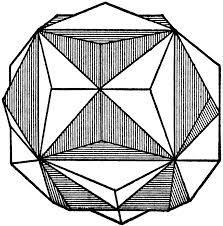
Pyrrhotite (Fe1-xS)
Pyrrohtite is weakly magnetic mineral of iron. It crystallizes in monoclinic system and hardness is 3.5 - 4.5.
Ironstones
Damuda group contains Ironstone formation (permian age). They form by the transgression.





Post a Comment